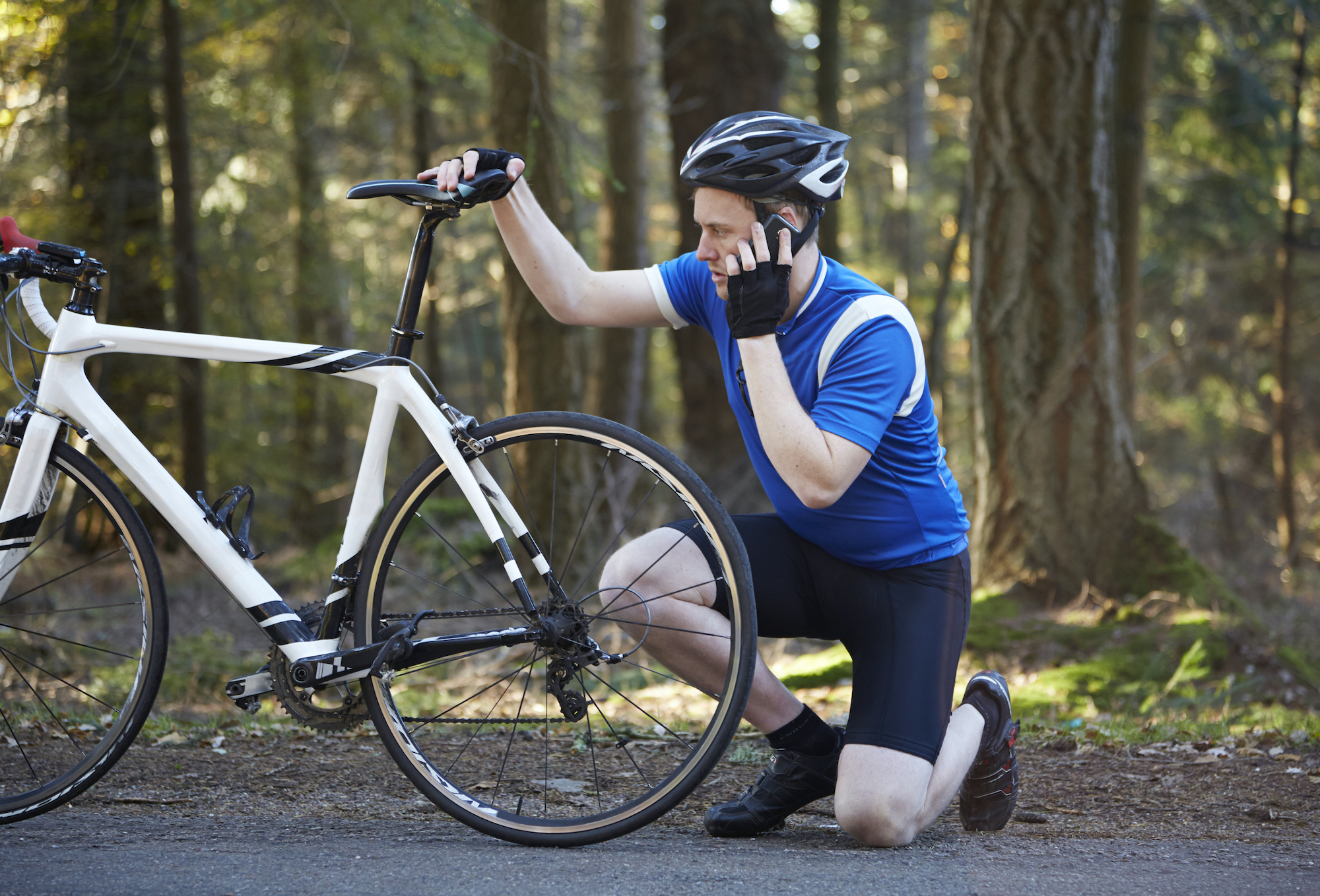The wind in your hair, the sun on your face, and the steady rhythm of wheels on pavement—there’s nothing quite like the thrill and joy of a great bicycle ride. But with every journey comes the unexpected, and for cyclists, this often means grappling with mechanical hiccups that disrupt the flow of their adventure. What do you do if something happens while you’re on your ride? Here are some tips that can help you navigate some of the issues that may arise.
Fixing a Flat Tire
A flat tire can happen at any time during your ride, so all cyclists ned to be prepared. Always make sure to carry with you a patch kit, spare inner tube, tyre levers, and mini pump. Once you spot a flat, remove the wheel, and using the levers, pry off the tire to access the punctured tube. Replace or patch it, and then reassemble everything.
However, if the damage is too extensive and can’t be repaired on the spot, consider having a mini-pump and CO2 inflator at hand. These tools can inflate your tyre quickly and get you back on the road, even if it’s a temporary fix. Replacing or repairing the tire is always better once you’re safely home.
Dealing with Brake Issues
Brake malfunctions can be dangerous, especially when cycling at high speeds. Regular checks before you hit the road are advisable, but problems can still occur mid-ride. In case of brake failure, remain calm and try slowing down by backpedaling or dragging your feet on the ground.
For minor brake adjustments, carry a multi-tool with you during your rides. This tool will let you tighten or loosen the brake cables and realign the brake pads. In severe cases where your brakes fail, walking your bike to the nearest service station or bike shop for professional assistance is best.
Addressing Chain Problems
A slipping or broken chain can bring your cycling adventure to an unexpected halt. To mitigate this, carry a chain tool in your ride pack. This simple tool allows you to remove broken links and reattach the chain. Apply lube frequently to maintain smooth functioning and prolong the life of your chain.
Even with the right tools, handling a broken chain can be messy. Consider wearing disposable gloves when working on your chain, and always remember to carry a few spare links or a quick link. These can be life savers when a chain fails, and you are miles from the nearest bike shop.
Handling Gear Shifting Issues
Problems with gear shifting can make your ride less enjoyable and more strenuous. Most gear problems arise from stretched cables or misaligned derailleurs. A multi-tool can help you adjust the tension of your gear cables or realign a bent derailleur, solving most shifting problems.
Despite these quick fixes, remember that some issues may require a more professional touch. If your gears are persistently problematic, it’s best to seek help from a professional bike mechanic after your ride. Regular maintenance and professional servicing will ensure a smoother and more enjoyable ride.
Bike problems during a ride needn’t be a cause for panic. With basic knowledge and a few handy tools, you can address the most common issues and keep going. It’s essential to keep your bike well-maintained and have a basic repair kit on hand during every ride.
Share this post:


